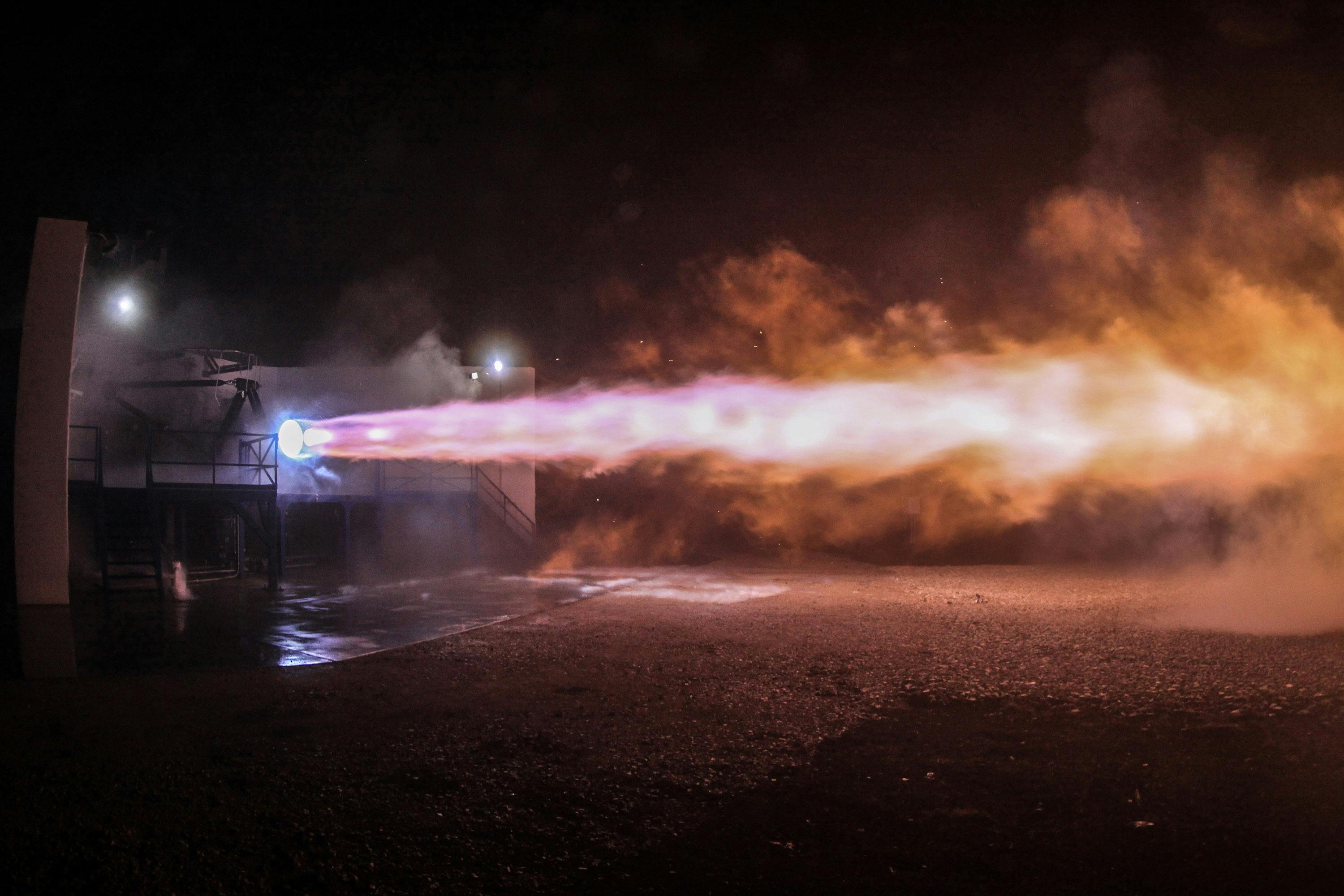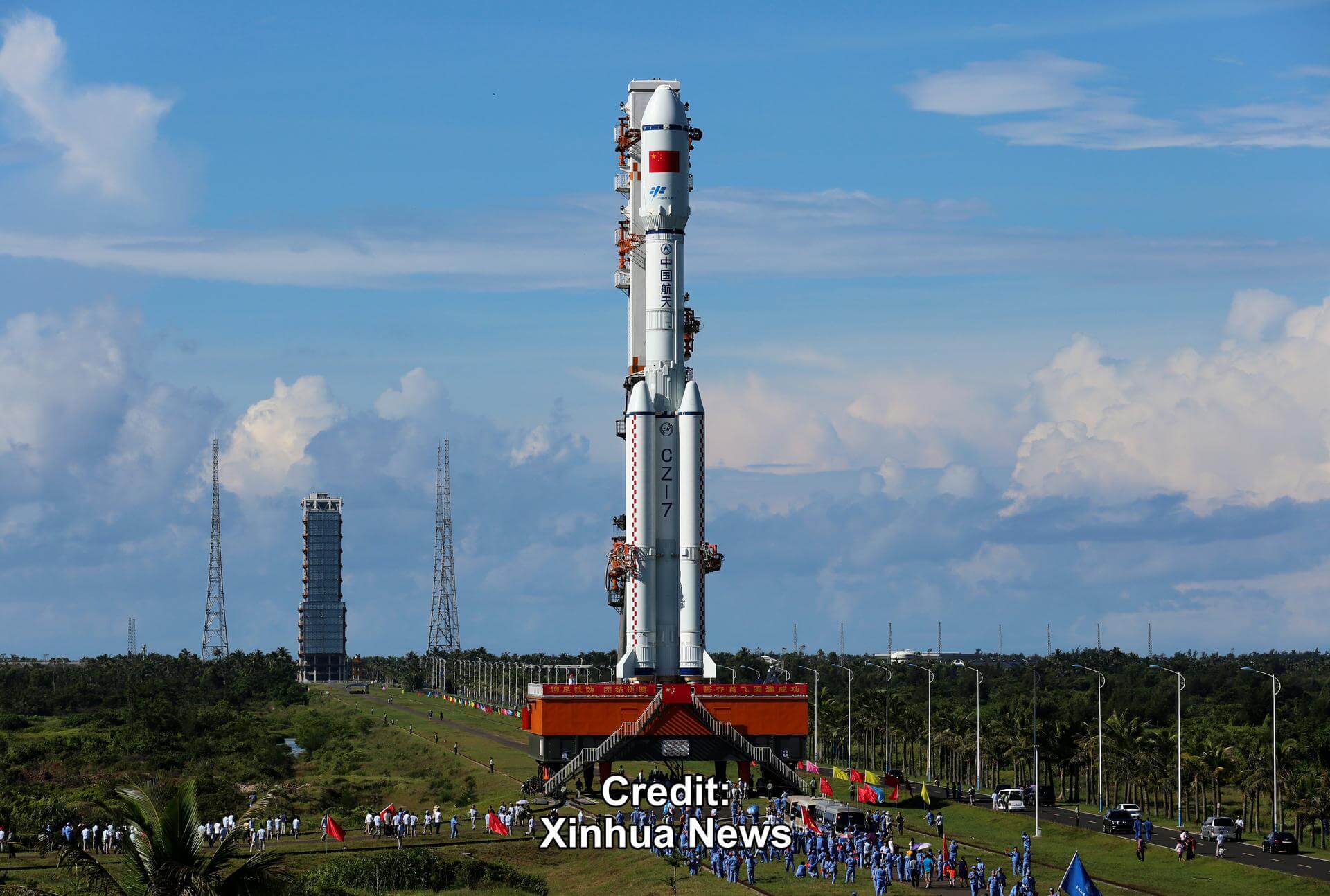· space brief · 5 min read
Space Brief 3 Dec 2024
Today's Space Brief highlights the U.S. Air Force's $48 million investment in testing reentry capsules, a Pentagon-backed GPS alternative, and the Space Force's quest for funding autonomy.

📄Top Stories
Today’s Space Brief explores a significant $48 million investment by the U.S. Air Force in reentry capsule technology, a promising GPS alternative using quantum tech, and the Space Force’s ongoing funding challenges. In addition, we look at defense revenue trends amid current global conflicts and legislative developments impacting the defense sector.
📰Detailed Coverage
U.S. Air Force Backs Reentry Capsule Technology
The U.S. Air Force has awarded Varda Space Industries a substantial $48 million contract to test payloads using their reentry capsules. This collaboration aims to enhance the Air Force’s capabilities by utilizing these capsules for experimental missions that require safe reentry from space. Such tests are crucial for advancing payload transport and space logistics solutions.
This investment underscores the growing focus on developing resilient and innovative reentry technologies, which are vital for maintaining sovereign capabilities in space operations. The Varda capsules are designed to withstand the harsh conditions of reentry, providing a reusable and efficient solution. Understanding the trajectories and impact points of these capsules is also a critical function for satellite tracking experts.
Read the full story: SpaceNews
Quantum Tech Offers New GPS Alternative
Infleqtion, a pioneering company in quantum technology, has secured an $11 million Pentagon contract to accelerate the development of a new rack-mounted atomic clock. This technology promises to offer a robust alternative to GPS, ensuring high-precision timekeeping and navigational capabilities without relying on traditional satellite systems.
The development of GPS alternatives is a strategic priority as it reduces dependency on satellite infrastructure, which can be vulnerable to disruptions. With advancements in quantum technologies, this initiative could revolutionize military and civilian navigation systems, opening new avenues for secure and independent positioning.
Read the full story: SpaceNews
Space Force Seeks Greater Funding and Legislative Independence
As the Space Force marks its fifth anniversary, it continues to grapple with funding and legislative autonomy challenges, remaining tied to the Air Force for these critical areas. This dependence hampers its ability to rapidly adapt to emerging threats and capitalize on burgeoning space opportunities.
In the context of expanding global space activities and security threats, ensuring that the Space Force has the necessary resources and legislative backing is critical. This issue highlights the importance of strategic planning and policymaker support in maintaining U.S. leadership in space.
Read the full story: SpaceNews
Global Defense Revenue Increases Amid Ongoing Conflicts
The Stockholm International Peace Research Institute (SIPRI) reports an uptick in global defense revenues for 2023, driven by conflicts in Ukraine and the Middle East. Russian defense industries benefited significantly, while Chinese companies saw slower growth compared to previous years.
Defense manufacturers worldwide are experiencing varied impacts from current geopolitical tensions, influencing the defense economy and international security dynamics. Such trends have implications for defense contractors and government policy makers focusing on satellite and defense technologies.
Read the full story: Breaking Defense
Senators Advocate Changes to Navy’s Unmanned Program Strategy
In a pivotal move, two influential U.S. senators have called for a strategic shift in the Navy’s large Unmanned Surface Vessels (USV) program. This appeal reflects ongoing skepticism toward the effectiveness and cost of current unmanned systems, emphasizing the need for actionable changes in program execution.
Adjustments in the Navy’s USV strategy could have broader implications for naval operations and defense restructuring, potentially affecting satellite communications and surveillance strategies employed at sea.
Read the full story: Breaking Defense
🛰️Satellite Spotlight
- Satellite Name: COSMOS 2009
- NORAD ID: 19903
- Launch Date: 1989
- Mission: Part of Russia’s space communications fleet
- Orbit: Inclination: 74.0082°, Period: 114.66 min, Eccentricity: 0.0041
- Operator: UNKS
- Fun Fact: This satellite, part of the COSMOS series, has been operational for over three decades, showcasing durability and reliability.
Current TLE Data:
1 19903U 89025B 24318.09316876 .00000028 00000-0 26607-3 0 89998
2 19903 74.0082 165.5096 0040961 154.4685 325.3381 12.55935231634240Track this satellite in real-time on our web app: Track COSMOS 2009
🚀 Upcoming Space Launches
December 3
- Russian Space Forces Soyuz 2.1b:
- Kosmos (Unknown Payload) from Plesetsk Cosmodrome, Russian Federation (16:00 UTC) Russian military satellite(s) of unknown variant.
December 4
- ExPace Kuaizhou-1A:
- Unknown Payload from Xichang Satellite Launch Center, People’s Republic of China (04:36 UTC)
- SpaceX Falcon 9 Block 5:
- Starlink Group 6-70 from Cape Canaveral SFS, FL, USA (08:29 UTC) A batch of satellites for the Starlink mega-constellation - SpaceX’s project for space-based Internet communication system.
- Indian Space Research Organization PSLV-XL:
- Proba-3 from Satish Dhawan Space Centre, India (10:38 UTC) Proba-3 is the first close formation flying mission for the European Space Agency, consisting of two spacecraft creating an artificial solar eclipse.
- Arianespace Vega-C:
- Sentinel-1C from Guiana Space Centre, French Guiana (21:20 UTC) Sentinel-1C carries advanced radar technology to provide imagery of Earth’s surface, replacing Sentinel-1B.
December 5
- SpaceX Falcon 9 Block 5:
- Starlink Group 9-14 from Vandenberg SFB, CA, USA (00:06 UTC) A batch of satellites for the Starlink mega-constellation - SpaceX’s project for space-based Internet communication system.
- SpaceX Falcon 9 Block 5:
- Sirius SXM-9 from Kennedy Space Center, FL, USA (16:10 UTC) SXM-9 is a high-powered, digital audio radio satellite for SiriusXM with a large, mesh, unfurlable reflector.
December 7
- SpaceX Falcon 9 Block 5:
- Starlink Group 11-2 from Vandenberg SFB, CA, USA (21:24 UTC) A batch of satellites for the Starlink mega-constellation - SpaceX’s project for space-based Internet communication system.
December 8
- SpaceX Falcon 9 Block 5:
- Starlink Group 12-5 from Cape Canaveral SFS, FL, USA (05:10 UTC) A batch of satellites for the Starlink mega-constellation - SpaceX’s project for space-based Internet communication system.
Note: Launch dates and times are subject to change due to technical or weather considerations.

Maurice Stellarski




